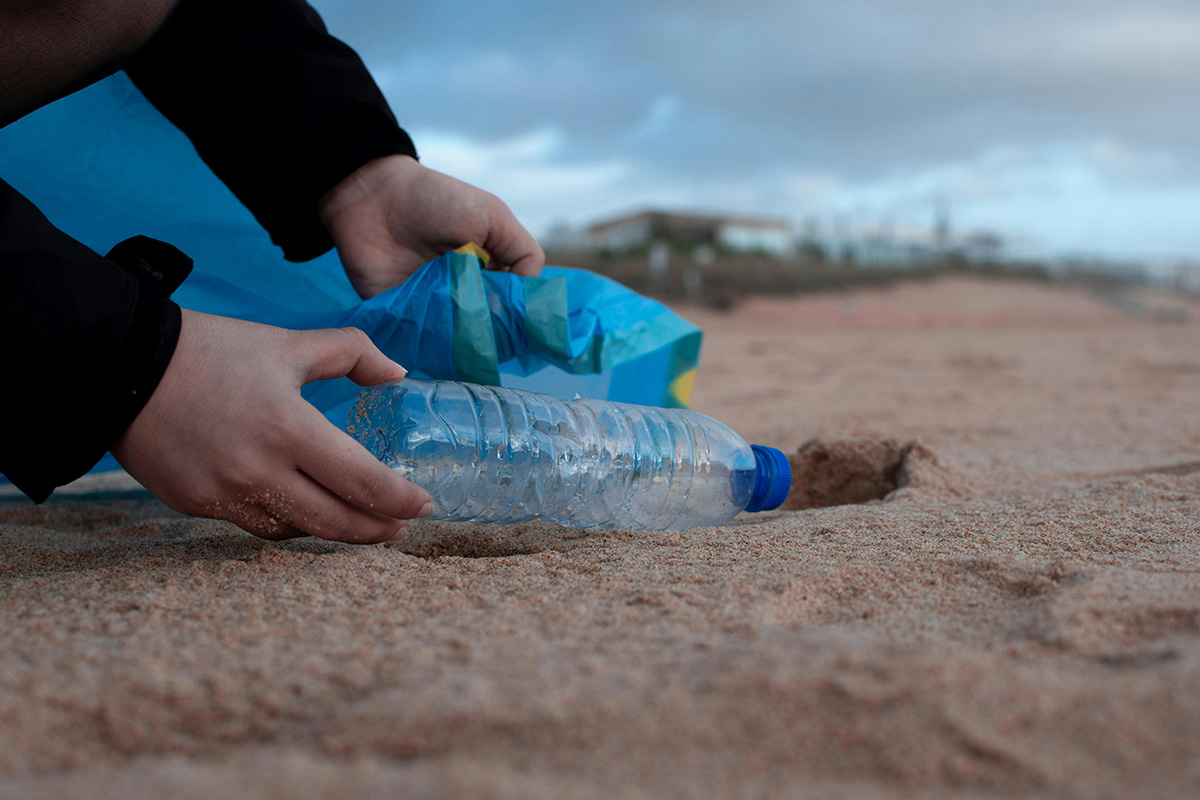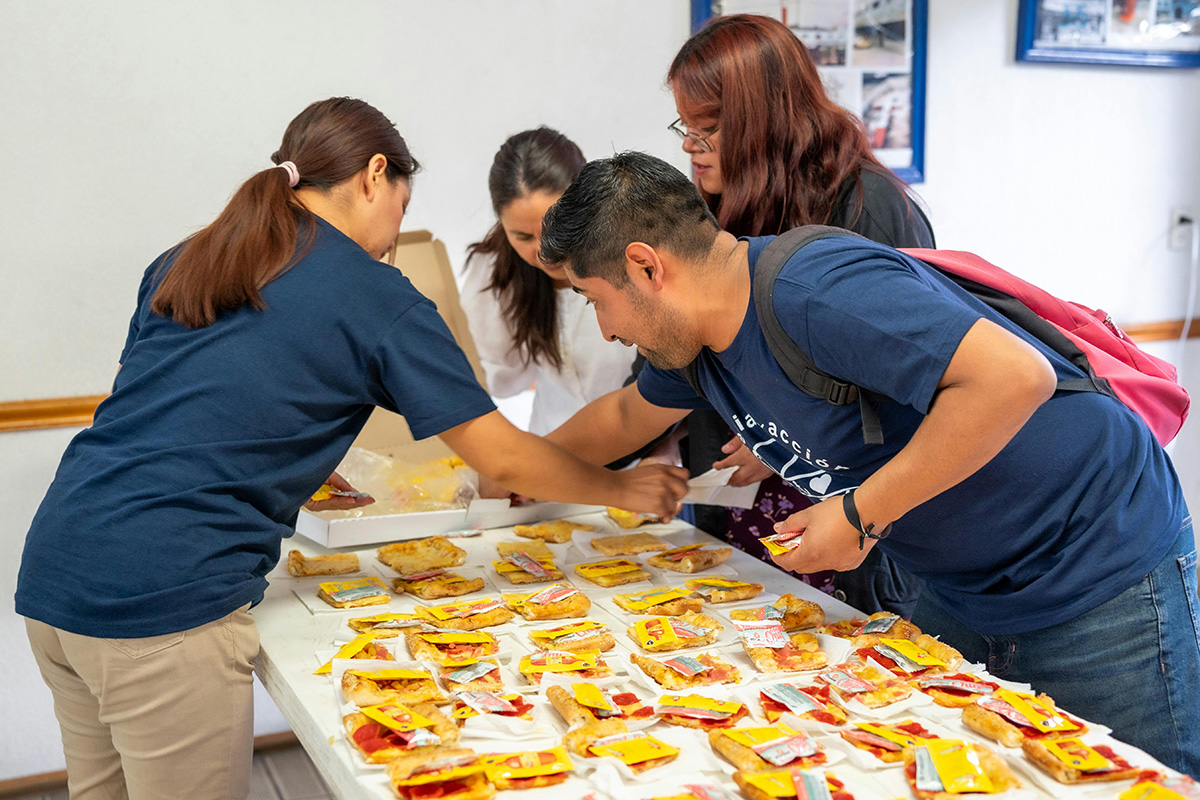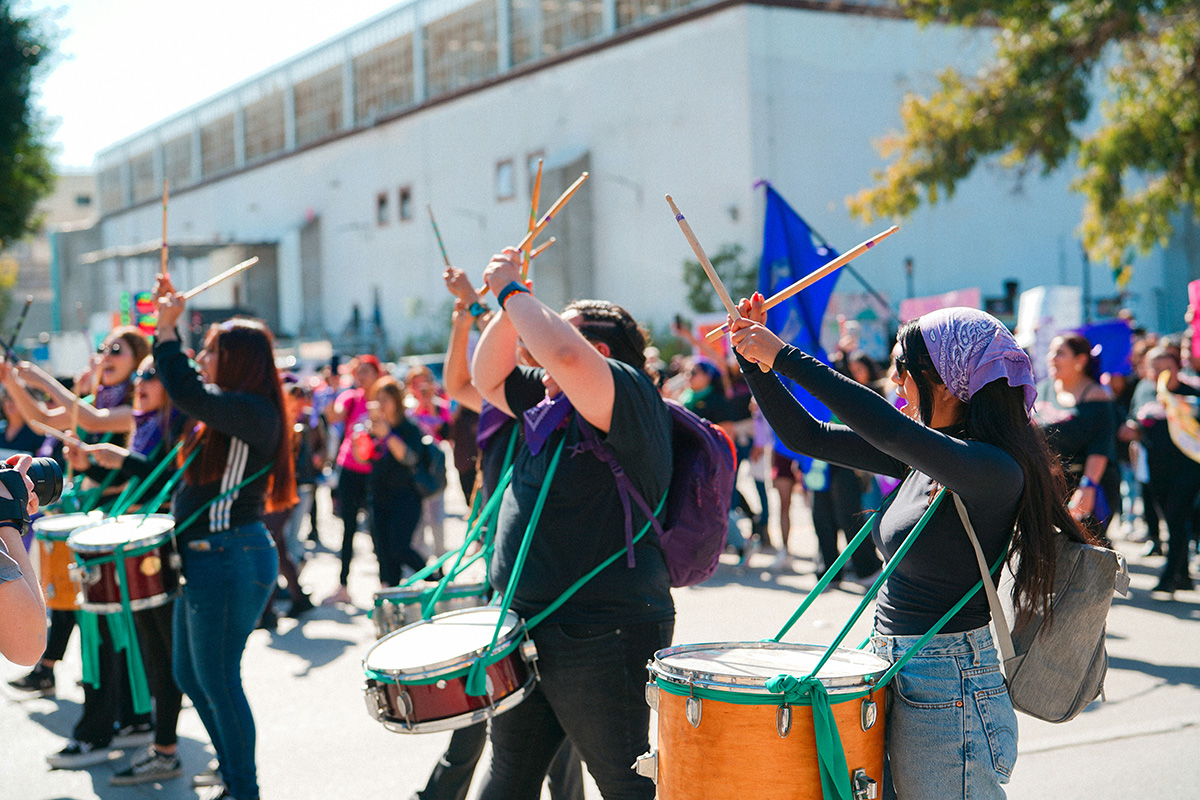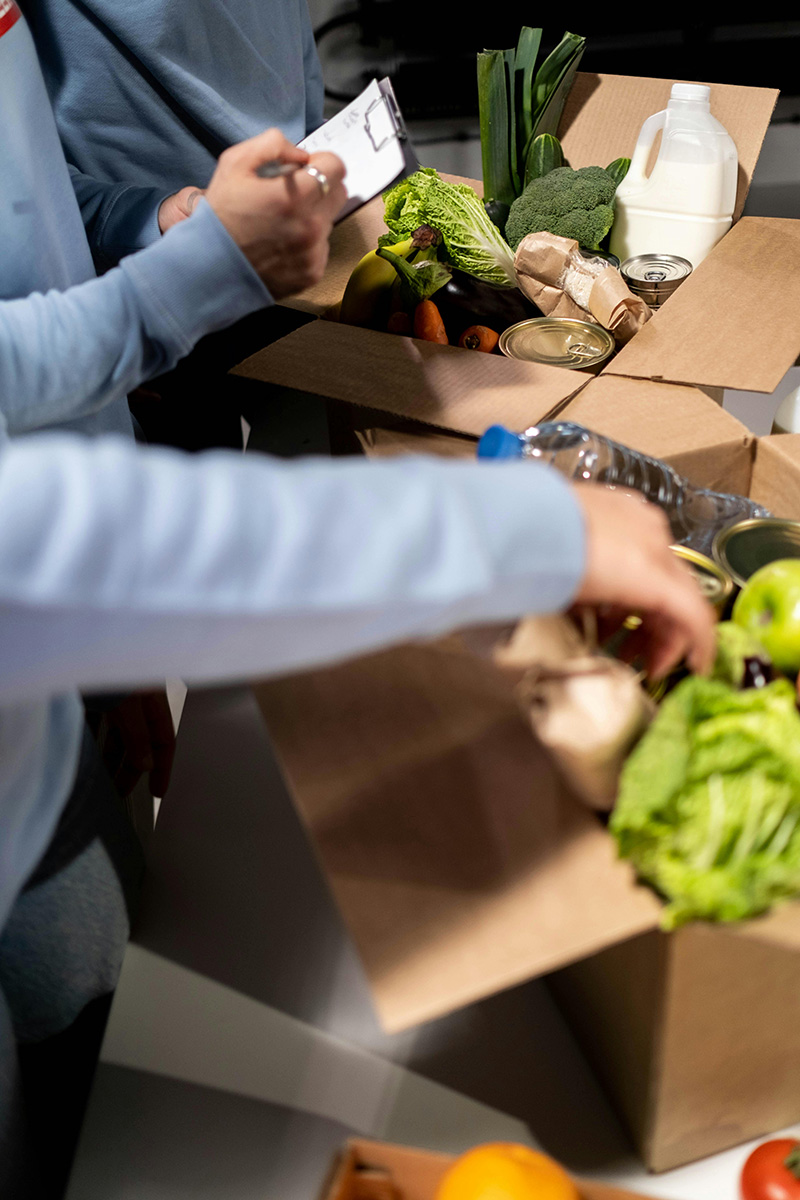From Escapism to Belonging: My Journey with Volunteering
Posted on: 3/15/25
Posted by: KNR
 As I look back and reflect on my journey, I find myself labeling most of my childhood coping skills, or lack thereof, as escapism. Getting out of the house, avoiding personal conversations with family, and wanting to disappear were common experiences for me. As I grew older, so did these strong emotions, almost uncontrollably at times, which resulted in needing treatment for mental health conditions as a teenager. This was hard for me and my loved ones to process, especially since I was seen as a high-achieving optimist. Even optimists can feel lost and misguided at times, though. Little did I know that soon, volunteering would change my life path and my perspective on life itself.
As I look back and reflect on my journey, I find myself labeling most of my childhood coping skills, or lack thereof, as escapism. Getting out of the house, avoiding personal conversations with family, and wanting to disappear were common experiences for me. As I grew older, so did these strong emotions, almost uncontrollably at times, which resulted in needing treatment for mental health conditions as a teenager. This was hard for me and my loved ones to process, especially since I was seen as a high-achieving optimist. Even optimists can feel lost and misguided at times, though. Little did I know that soon, volunteering would change my life path and my perspective on life itself.
Volunteering is a type of community participation where people gather for a cause and commit themselves to acting until the goals are met. Sometimes volunteering can be a paid experience or an unpaid experience. Either way, there are both personal and professional benefits to participating in volunteer programs.
My Journey with Volunteering
 I first began volunteering alongside my grandparents. Growing up, my Hispanic grandparents and relatives were very dedicated to our community and heavily involved in running programs and fundraisers for our local Spanish church congregation. At the time, I didn’t see it as volunteering; to me, it was their livelihood and as important as their full-time jobs. Although we were surrounded by people and laughter, in many ways I felt disconnected from the group. It was challenging being one of the few younger people volunteering; I wanted to feel connected to my peers, or people my age, who could relate to my upbringing and culture. On the other hand, I learned skills from volunteering at church, such as time management and leading conversations. This experience helped me to feel more confident talking to school staff, like guidance counselors and teachers, about other volunteer opportunities outside of my church, such as student clubs and after-school programs. Although some doors were never opened, I am proud that I stepped out of my comfort zone to advocate for myself and remained open to accepting support from strangers.
I first began volunteering alongside my grandparents. Growing up, my Hispanic grandparents and relatives were very dedicated to our community and heavily involved in running programs and fundraisers for our local Spanish church congregation. At the time, I didn’t see it as volunteering; to me, it was their livelihood and as important as their full-time jobs. Although we were surrounded by people and laughter, in many ways I felt disconnected from the group. It was challenging being one of the few younger people volunteering; I wanted to feel connected to my peers, or people my age, who could relate to my upbringing and culture. On the other hand, I learned skills from volunteering at church, such as time management and leading conversations. This experience helped me to feel more confident talking to school staff, like guidance counselors and teachers, about other volunteer opportunities outside of my church, such as student clubs and after-school programs. Although some doors were never opened, I am proud that I stepped out of my comfort zone to advocate for myself and remained open to accepting support from strangers.
With the new information I gathered and a surge of excitement, I finally had something to look forward to. I began making choices about how I would like to spend my time and what I wanted to learn from new volunteer opportunities. I can recall the butterflies in my stomach and sweaty palms every time I questioned whether I was making the right choice or if the fear of people not liking me was silly. It was challenging to navigate the mixed feelings of fear and excitement. I used tools to help, such as writing down the pros and cons of a situation or opportunity, networking with others who had experience in the volunteer programs I was interested in joining, and engaging in self-care with positive affirmations.
 One way I began volunteering independently from my family was by participating in community events with my school’s music program. I remember picking out my own instrument and meeting so many new young people who loved music as much as I did. Although we all played at different skill levels, we shared a respect for one another and had good intentions to have fun. This made the community commitments more enjoyable, even when we marched in a holiday parade playing repeated songs in the hot sunshine. Hearing children and families clap and cheer us on was motivating and rewarding. This was one of many volunteering opportunities where I felt connected to my community and looked forward to all commitments.
One way I began volunteering independently from my family was by participating in community events with my school’s music program. I remember picking out my own instrument and meeting so many new young people who loved music as much as I did. Although we all played at different skill levels, we shared a respect for one another and had good intentions to have fun. This made the community commitments more enjoyable, even when we marched in a holiday parade playing repeated songs in the hot sunshine. Hearing children and families clap and cheer us on was motivating and rewarding. This was one of many volunteering opportunities where I felt connected to my community and looked forward to all commitments.
 Once I got older, I had more opportunities to independently get involved in the community. In high school, I joined a Junior Reserve Officer Training Corps (JROTC) where they prioritized community service and being intentional about those processes. I continued to enhance my skills by taking on leadership roles within the JROTC program. This involved helping other students achieve their community service hours and strengthening relationships with students in the program. One of my favorite places to volunteer was at a community meal kitchen. Every Thanksgiving morning, I woke up early and helped serve free hot meals at the food pantry program. I took on additional responsibilities, like cleaning tables and packing travel containers. In college, I continued volunteering and found another community meal kitchen seeking weekly commitments. I felt a connection almost immediately and began helping with tasks similar to those I did at home. This time, I had friends from college who also wanted to volunteer, so every Tuesday we traveled to the church together. Listening to the stories of those I interacted with was full of wisdom—some expressed through laughter, some through grief, and all accompanied by many smiles. Now, as I continue volunteering as an advocate, I am grateful for those shared moments of connection and for the achievements gained through my experiences in the community.
Once I got older, I had more opportunities to independently get involved in the community. In high school, I joined a Junior Reserve Officer Training Corps (JROTC) where they prioritized community service and being intentional about those processes. I continued to enhance my skills by taking on leadership roles within the JROTC program. This involved helping other students achieve their community service hours and strengthening relationships with students in the program. One of my favorite places to volunteer was at a community meal kitchen. Every Thanksgiving morning, I woke up early and helped serve free hot meals at the food pantry program. I took on additional responsibilities, like cleaning tables and packing travel containers. In college, I continued volunteering and found another community meal kitchen seeking weekly commitments. I felt a connection almost immediately and began helping with tasks similar to those I did at home. This time, I had friends from college who also wanted to volunteer, so every Tuesday we traveled to the church together. Listening to the stories of those I interacted with was full of wisdom—some expressed through laughter, some through grief, and all accompanied by many smiles. Now, as I continue volunteering as an advocate, I am grateful for those shared moments of connection and for the achievements gained through my experiences in the community.
As my interest in giving back grew, so did my love for humans and my desire for human connection. It can be hard feeling like there is more to life when you are sheltered. Volunteering helped to expose me to new lifestyles, new mindsets, and a new world. Volunteering helped me feel connected to my community again and helped me find a purpose.
It takes one person to make a difference. Now imagine an organized group working together to make changes and support their communities. That is the power of volunteering, and I encourage you to get involved for a cause.
